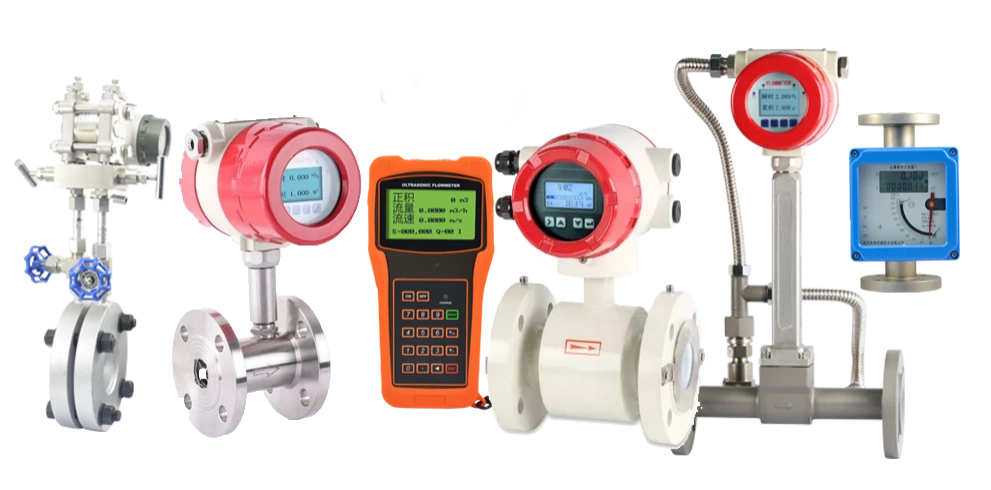Flowmeter Evolution: From Venturi to Smart Sensors
Flowmeters Through Time: The Evolution of Precision in Fluid Measurement
Looking to choose the right flowmeter for your system? Understanding its origins can help. Flowmeters have come a long way—from simple mechanical devices to intelligent IoT-connected sensors. Here's a quick yet comprehensive look at the evolution of flow measurement, highlighting breakthroughs that shaped today's industrial automation.

1. Early Foundations: The Science Behind Flow (1600s–1800s)
Flow measurement began with fluid mechanics.
- 1643: Torricelli laid the groundwork by linking pressure to fluid velocity.
- 1738: Bernoulli's equation became the basis for differential pressure (DP) flowmeters.
- 1791: Venturi discovered pressure drops in narrowing pipes, leading to the Venturi tube—still used today.
- 1802: Henry Hindley introduced positive displacement meters, using pistons to count flow volume.
These inventions established the fundamental principles still used in flow sensing.
2. Industrial Breakthroughs: Mechanization and Utility (1800s–1930s)
The Industrial Revolution brought real-world applications:
- 1886: Clemens Herschel's commercial Venturi meter helped water utilities bill accurately.
- 1887: Karl Kueppers created the rotameter, a visual flow indicator still used in labs.
- 1851: The turbine flowmeter entered oil and gas systems—valued for speed and accuracy.
These innovations made flowmeters practical for municipal and industrial use.
3. Electronics and Innovation (1940s–1980s)
- 1950s–70s: Ultrasonic flowmeters were introduced, enabling non-intrusive measurements.
- 1952: The electromagnetic (magmeter) emerged for conductive fluids.
- 1970s: Vortex flowmeters offered a no-moving-part solution for steam and chemical industries.
As electronics matured, flowmeters became smaller, faster, and smarter.
4. Smart Era: Industry 4.0 and Beyond
Today's flowmeters are digital, connected, and self-aware:
- Support for HART, Profibus, and wireless protocols allows remote configuration and real-time diagnostics.
- Coriolis and multivariable meters now measure mass flow directly—ideal for pharma, food, and energy sectors.
- Emerging tech like MEMS sensors and AI-based self-calibration drive precision even in microflows.
5. Choosing the Right Flowmeter
| Type | Best Use |
|---|---|
| Differential | Water, steam |
| Turbine | Oil, aviation fuel |
| Electromagnetic | Water, wastewater |
| Ultrasonic | Gas pipelines, non-invasive setups |
| Coriolis | Mass flow in food/pharma |
| Vortex | Steam, chemicals |
Ready to Upgrade Your Flow Measurement?
Flowmeters are more than tools—they're essential to efficiency, safety, and sustainability. Need expert advice? Contact us for tailored flowmeter solutions that fit your industry and process.



